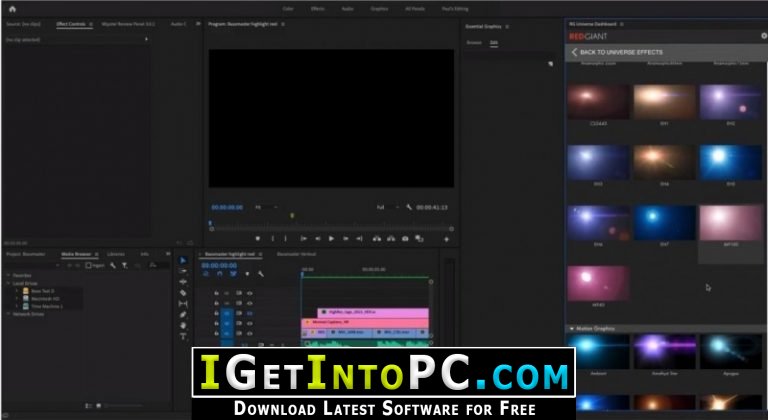
The new peer-reviewed results were published in the Journal of Cosmology and Astroparticle Physics on December 30, 2020.Īgreement between independent studies gives scientists confidence their work is correct. The Standard Model encapsulates scientists’ best current understanding of how elementary particles and the fundamental forces of nature relate to one another. And it agrees with what’s called the Standard Model of particle physics, developed in the 1970s and refined in the years since then.

This new result agrees strongly with results from the European Space Agency’s Planck satellite, which measured the cosmic background radiation from 2009 to 2013. The new measurement suggests the universe is 13.77 billion years old, give or take 40 million years. Now, astronomers using the Atacama Cosmology Telescope ( ACT), high in the Andes of northern Chile, have announced a new measurement of the cosmic background radiation, our universe’s oldest light, discovered in 1965 and sometimes called an echo of the Big Bang. How old is our universe? That’s one of humanity’s oldest and most fundamental questions. That’s good news for astronomers trying to pin down the universe’s age and rate of expansion. Now a new, independent study agrees with Planck’s results. It was the mission’s first all-sky picture of the oldest light in our universe, imprinted on the sky when it was just 380,000 years old. | In 2013, the Planck space telescope released the most detailed map to date of the cosmic microwave background, the relic radiation from the Big Bang.


 0 kommentar(er)
0 kommentar(er)
